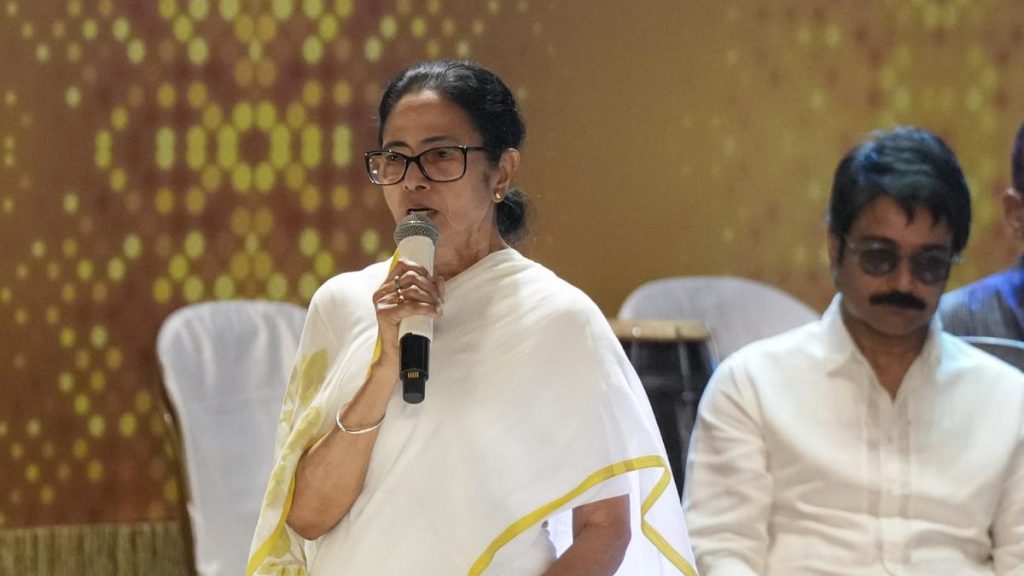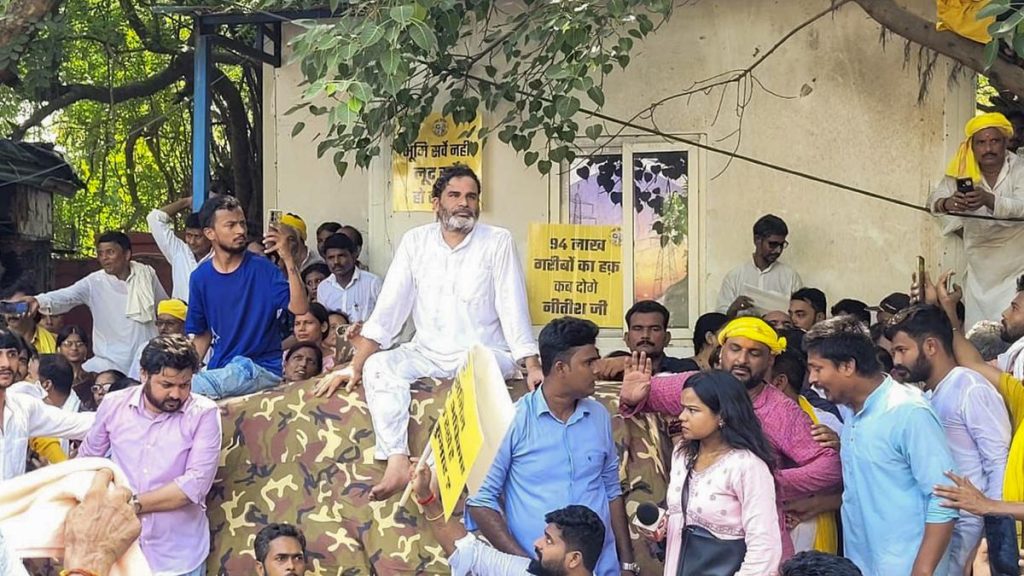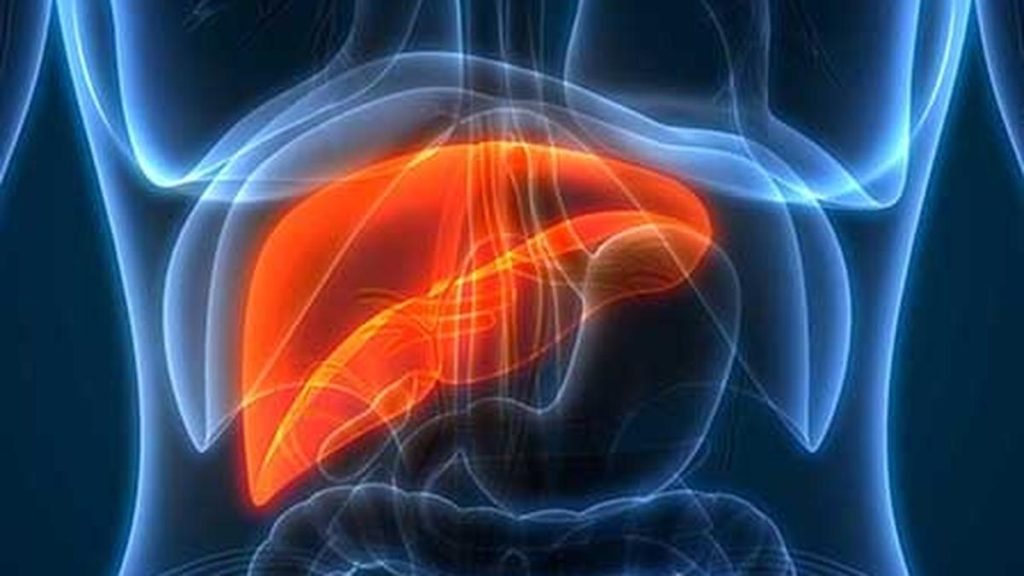Now Reading: Bengaluru’s Inner Ring Road Revamped with Citizen-Led Mobility Upgrades
-
01
Bengaluru’s Inner Ring Road Revamped with Citizen-Led Mobility Upgrades
Bengaluru’s Inner Ring Road Revamped with Citizen-Led Mobility Upgrades

Quick Summary
- Project Overview: Bangalore Political Action Committee (B.PAC) released the final report of the ‘IRR Street: Standstill to Active’ project on transforming a 7.5-km Bengaluru Inner Ring Road (IRR) stretch between Indiranagar KFC Junction and Madiwala Masjid, Koramangala.
- Objective: the initiative aimed to alleviate congestion, enhance pedestrian safety, improve bus services, and reclaim public spaces through citizen-government collaboration.
- Problems Identified: Before intervention:
– Severe traffic congestion with gridlocks up to 2.6 km during peak hours.
– Missing footpaths, poor lighting, unmaintained stormwater drains.
– Low-frequency buses and hazardous walking conditions contributed to five fatal crashes in 2023.
- Key interventions:
– BMTC enhanced MF-5 fleet bus service from SMVT-Silk Board by increasing daily trips from 169 to 227 buses.- Fatal junctions fixed with raised crossings and new signage; fatalities reduced from five in a year to zero between Nov. ’24-Jan. ’25.
– Cleared over ~4,300 tonnes of debris/garbage; BBMP added/electrified ~45 streetlights for safer nighttime travel.
- Additional Improvements:
Flood-prone zones upgraded with shoulder drains using kerb inlets every ~5-7 meters; ongoing efforts urged for maintenance adherence by BBMP.
Indian Opinion Analysis
This enterprising initiative demonstrates the potential of citizen-government partnerships in addressing urban mobility issues faced by growing metropolitan cities like Bengaluru. By delivering measurable changes-improved pedestrian safety measures and increased public transportation usage-it lays the groundwork for replicating such models across othre congested corridors in India.
Critical points emerge regarding longevity-while interventions like crash prevention techniques are promising, sustainable infrastructure maintenance practices must complement reforms to ensure long-term impact and usability. Enhanced coordination among local authorities further supports maintaining momentum observed during this two-year transformative process.
With plans underway advocating walkable cities nationwide aligning UN goals/more realignment thus will their intersections compromise almost checked perfect case-studies dat!
Source more view https approachable typically declared city-countries partnerships }.























